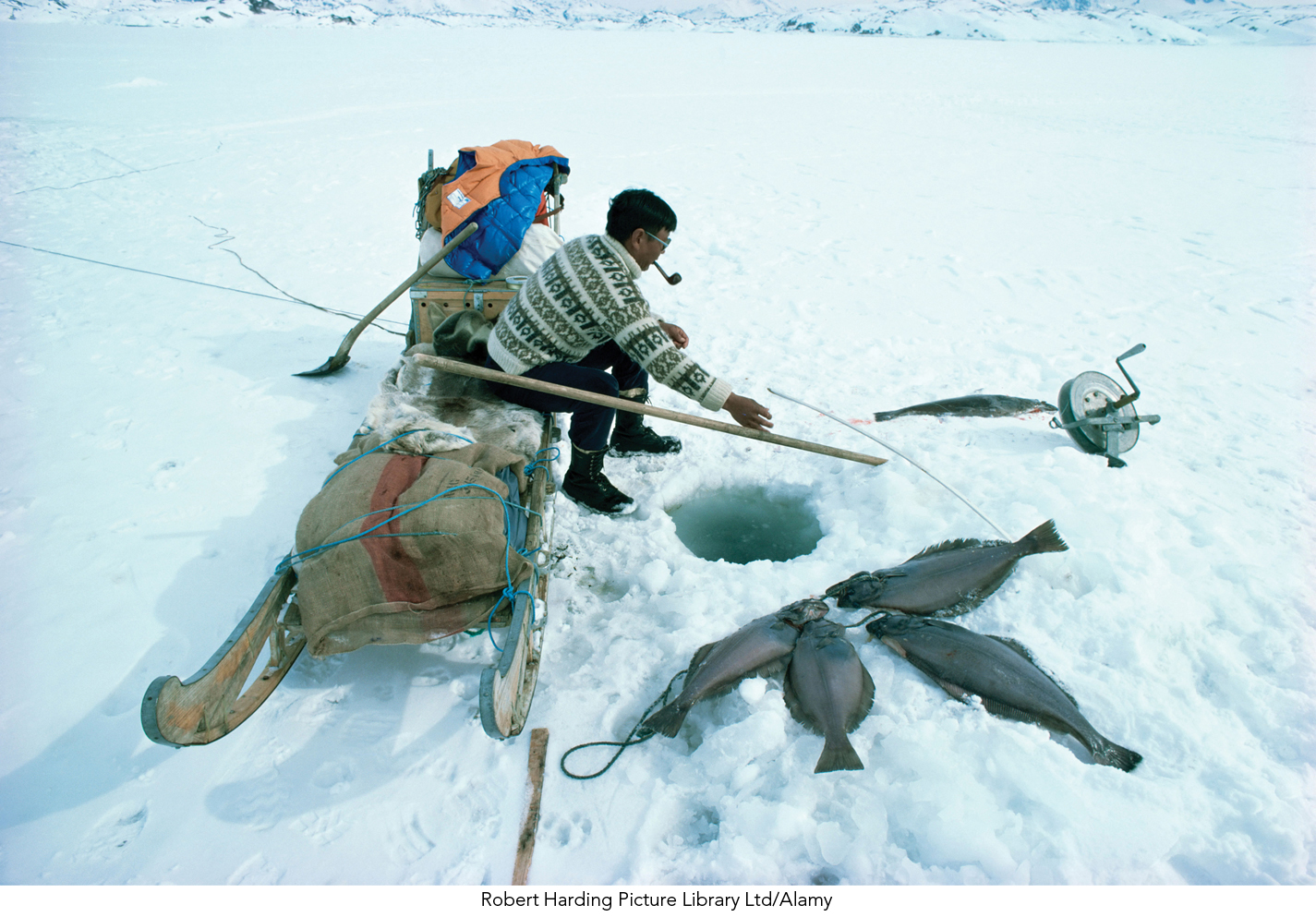Chapter Introduction
6
THE LIPIDS

LEARNING OBJECTIVES
Identify the four major categories of dietary lipids (Infographic 6.1)
Describe the structural differences between saturated, monounsaturated, and polyunsaturated fats (Infographic 6.2)
Identify the types of foods that are rich in monounsaturated fat, polyunsaturated fat, and saturated fat (Infographic 6.3)
Name two roles of phospholipids in the body (Infographic 6.4)
Describe the process of lipid digestion and explain how emulsification assists in the process (Infographic 6.5)
List the four major lipoproteins and describe their functions in the transport of lipids (Infographic 6.6 and Infographic 6.7)
Identify the two essential fatty acids, their primary structural difference, and food sources of each in the diet (Infographic 6.8)
Describe the Acceptable Macronutrient Distribution Range for lipids and how to use a Nutrition Facts Panel to evaluate a food's fat content (Infographic 6.9)
Describe sources of saturated fat in the U.S. diet (Infographic 6.10)
Even in the summer, Greenland is cold. The first time Jørn Dyerberg visited, as a young doctor in 1970, the temperature hovered around 40 degrees Fahrenheit in mid-
But Dyerberg was not deterred by the weather—
It was a mystery. At the time, research evidence showed that high-
DIETARY FAT compound found in plant and animal foods that serves as an important energy source, and, among other functions, is necessary for absorption and transport of fat-
But the relationship between dietary fat intake and health was not always consistent. Some populations—

At the time, Dyerberg was 32 years old and working on his PhD, investigating a new way to screen blood for different types of fats. When Bang asked him to come to Greenland to collect blood samples from the Inuit to see what was going on, he jumped at the chance.
After collecting blood samples from 130 adults, Dyerberg and Bang ran the blood through a machine that analyzed its lipid content. They saw that, despite their high-
The Inuit blood profile couldn’t be the result of genetics, the researchers knew—
The researchers were puzzled. “We knew high intake of dietary fat increases cholesterol,” says Dyerberg. “So why did the Inuit have such a healthy profile?”
Clearly, the role of dietary fat in the body was more complicated than many believed.